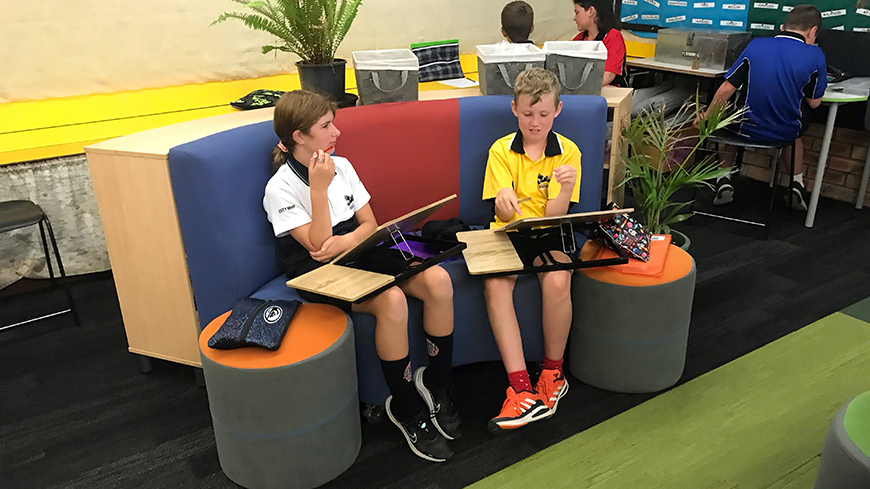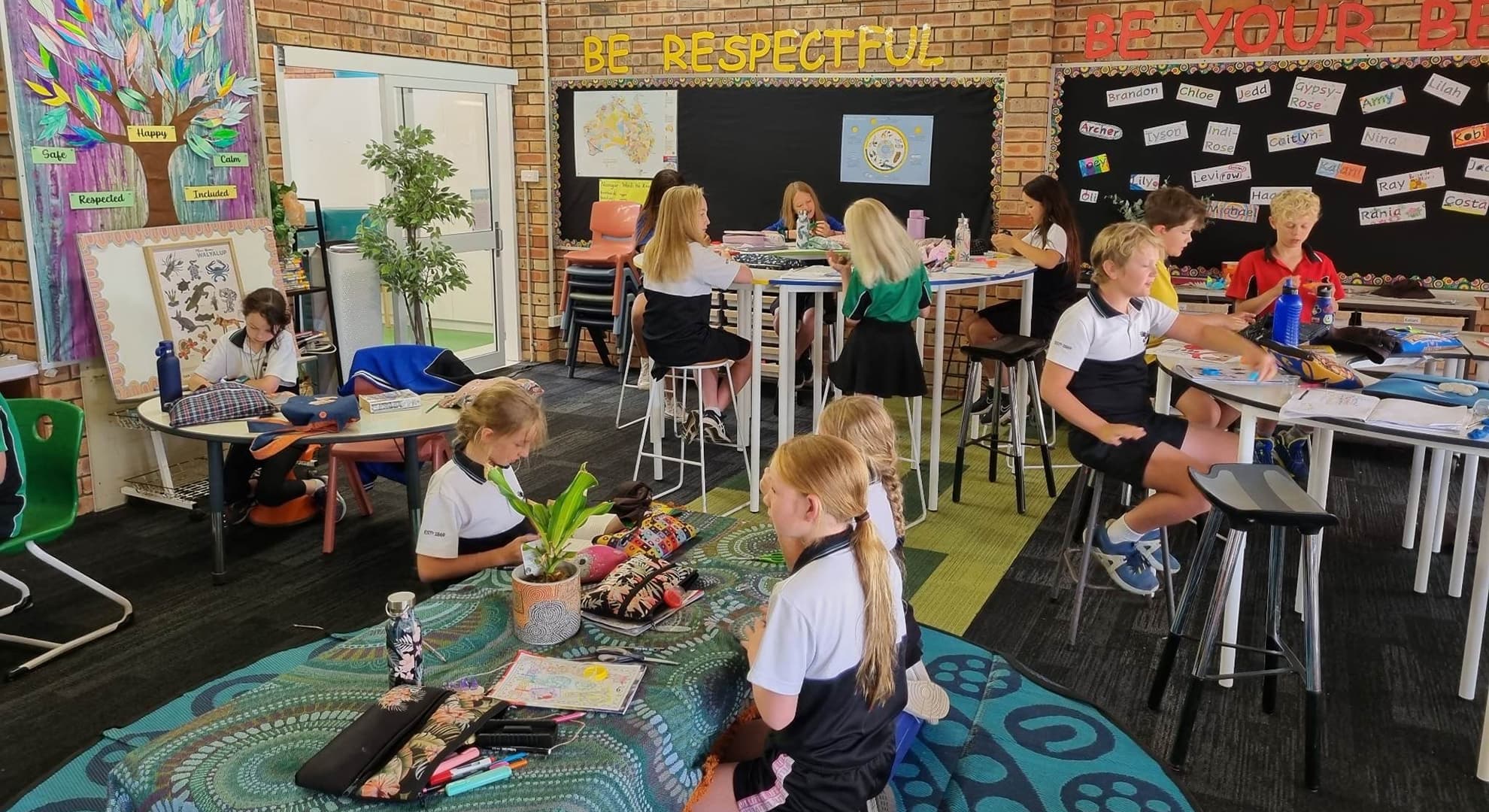
New findings from a three year study led by Edith Cowan University (ECU) researchers has found a direct link between furniture, student learning and teaching.
Visual Arts Senior Lecturer Dr Julia Morris said while there has been much debate over the efficacy of flexible and innovative furniture within schools, this research provides much sought-after evidence that the furniture children learn on, does impact how well they learn.
“Applying a single-subject research design from health-sciences, this research study empirically measured the relationship between furniture, students’ engagement and how well teachers felt they were applying high impact teaching strategies,” Dr Morris said.
A massive 97 percent of all of the students who took part in the study felt flexible furniture positively impacted their learning.
“Students believe that furniture supports them to improve engagement, by making them comfortable in class and assisting longer attention spans. Teachers generally feel flexible furniture results in better teaching outcomes, and they work harder to achieve the same outcomes when they only have traditional desks and chairs at their disposal,” explained Dr Morris.
Creative and innovative learning environments
In terms two and four of the school year, students in four separate classrooms at Vasse Primary School in Western Australia’s south-west, had the opportunity to choose the chairs, work surface and the location they sat in.
The furniture options included ottomans, or modern office chairs with wheels and back support.
Others were tall tables, allowing some students choice to sit or stand.
Fitballs were chosen by 6% of the students.
19% wanted to be seated at circular tables where they could chat with classmates.
“What we found most commonly is that students identified comfort as the main reason for better concentration in the classroom,” Dr Morris explained.
“Some even identified how furniture supports injury management, as furniture that is flexible can allow them to move and stand, or even sit on the floor if that was more comfortable for them.”
The findings revealed the children from grades two to six also preferred the flexible arrangements as it was not only an opportunity to choose what they learnt on, but with whom.

“Some students preferred sitting alone as they noticed they can’t concentrate at group desks. Some would opt to sit where they faced a window, creating a retreat space for their learning.
“Others preferred to sit at round desks. These students explained that they weren’t collaborating all of the time, but that a round desk supported them to access peer support if they needed it. Having other students working busily next to them also helped motivate them to stay on-task and minimised distractions,” Dr Morris explained.
Students were asked to take photos of their furniture selection every three weeks and explain why they chose it.
As well as comfort, students said storage, flexibility and portability as the main reasons for their selections.
“The feedback we received from teachers too was that the flexible furniture arrangements meant students showed a willingness to take risks and they undertook tasks without supervision, pro-actively making decisions about their learning direction,” Dr Morris said.
“They spoke of students challenging themselves, identifying what in a topic interested them and not needing to be spoon fed.”
Innovative classrooms - the future
Dr Morris said allowing children to choose the furniture in their learning environment not only aided in their concentration, but supported their comfortability, allowed better movement and personal space and encouraged self-management.
“The results of this study will not only be used to inform teaching and learning practices using innovative furniture, they will also support more user-centred design of furniture to meet the diverse needs of learners,” Dr Morris said.
The idea of an innovative learning environment is to help every child find a place at school that helps them to learn best, that meets their personal needs. This research is one small step to understanding how students experience their classroom environment, and the impact it is having on their learning.”
Read the full publication ‘What impact does ‘innovative’ furniture have on student engagement and teacher practices?’ here.
 The study took place at Vasse Primary School, where students preferred to choose their furniture which included ottomans.
The study took place at Vasse Primary School, where students preferred to choose their furniture which included ottomans.



